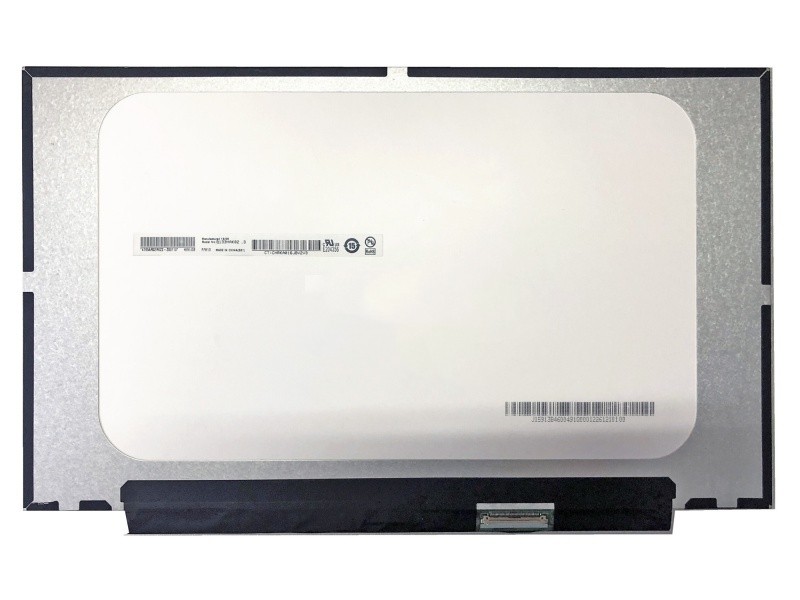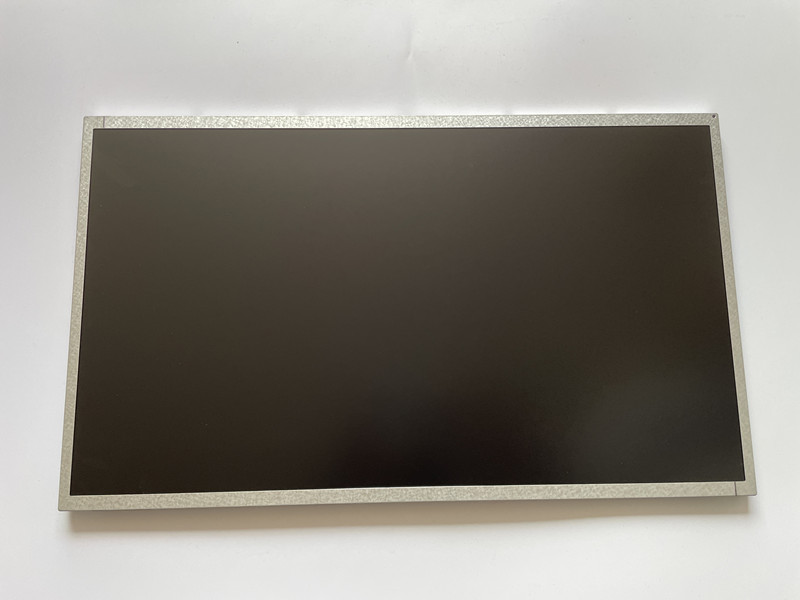Introduction
Excellent edp 40 pin slim lcd screen is a type of display panel commonly used in laptops, tablets, and other portable devices. It is a thin, light, high-resolution display screen that provides clear, vivid images. The specifications of the EDP 40-pin ultra-thin LCD screen are crucial to determining the quality of the display screen and the overall performance of the device.
Display size and resolution
Display size and resolution are two basic specifications of edp 40 pin slim lcd screen. Display size refers to the physical size of the screen, measured diagonally in inches. Resolution refers to the number of pixels a screen can display horizontally and vertically. Higher resolution means the screen can display more detailed and sharper images.
Common sizes range from 11.6 inches to 15.6 inches. The most common resolution for these screens is 1920 x 1080, also known as Full HD. Some high-end devices may have higher resolutions like 2560 x 1440 or even 3840 x 2160 (4K). The size and resolution of the display screen are the basic factors that need to be considered when choosing an EDP 40-pin ultra-thin LCD screen. A larger screen and higher resolution can provide a more immersive and detailed viewing experience.
Brightness and Contrast
Brightness and contrast are two other important specifications of edp 40 pin slim lcd screen. Brightness refers to the amount of light a screen can produce, measured in nits. A higher brightness value means the screen can display a brighter image, which is useful in bright environments. Contrast refers to the difference between the lightest and darkest parts of an image. A higher contrast ratio means the screen can display more vivid colors and deeper blacks.

Typical brightness values for EDP 40-pin thin LCD screens are between 200 and 300 nits. Some high-end devices may have brightness values as high as 500 nits. These screens typically have a contrast ratio of around 1000:1, although some high-end devices can go as high as 1500:1. Brightness and contrast are important factors to consider when choosing an EDP 40-pin ultra-thin LCD screen, especially if you plan to use the device in a bright environment.
Viewing Angle and Response Time
Viewing angle and response time are two other specifications of the EDP 40-pin ultra-thin LCD screen, which need to be considered. Viewing angles are the range of angles at which the screen can be viewed while maintaining color accuracy and brightness. Wider viewing angles mean the screen can be viewed from a wider range of angles without loss of image quality. Response time refers to how quickly the screen changes from one color to another. Faster response times mean the screen can display fast-moving images without blurring or ghosting.
The typical viewing angle of an EDP 40-pin ultra-thin LCD screen is about 170 degrees, including horizontal and vertical directions. Some high-end devices may have wider viewing angles, up to 178 degrees. These screens typically have a response time of around 5 milliseconds, although some high-end devices may have a faster response time of up to 1 millisecond. Viewing angle and response time are important factors to consider when choosing an EDP 40-pin ultra-thin LCD screen, especially if you plan to use the device for gaming or watching videos.
Backlight Type and Power Consumption
Backlight type and power consumption are two other specifications worth considering for EDP 40-pin ultra-thin LCD screens. The type of backlight refers to the technology used to illuminate the screen. The most common types of backlights in EDP 40-pin ultra-thin LCD screens are LED and OLED. LED backlights are more common and less expensive, while OLED backlights offer better color accuracy and contrast.
Power consumption is an important consideration, especially for portable devices. The power consumption of the screen affects the battery life of the device. LED backlights are more energy efficient than OLED backlights, which means devices with LED backlights can have longer battery life.
In conclusion
The specifications of an excellent edp 40 pin slim lcd screen are crucial in determining the quality of the display and the overall performance of the device. Display size and resolution, brightness and contrast, viewing angle and response time, as well as backlight type and power consumption are all important factors to consider when choosing an EDP 40-pin ultra-thin LCD screen. By considering these specifications, you can choose the right display panel for your device and enjoy a clear and vivid viewing experience. With the continuous advancement of technology, we can expect to see further development and improvement of EDP 40-pin ultra-thin LCD screen technology.
Related Products







